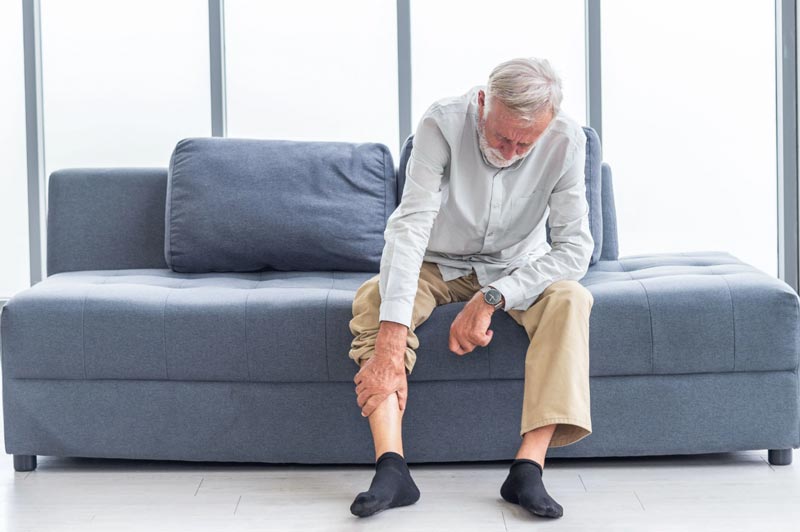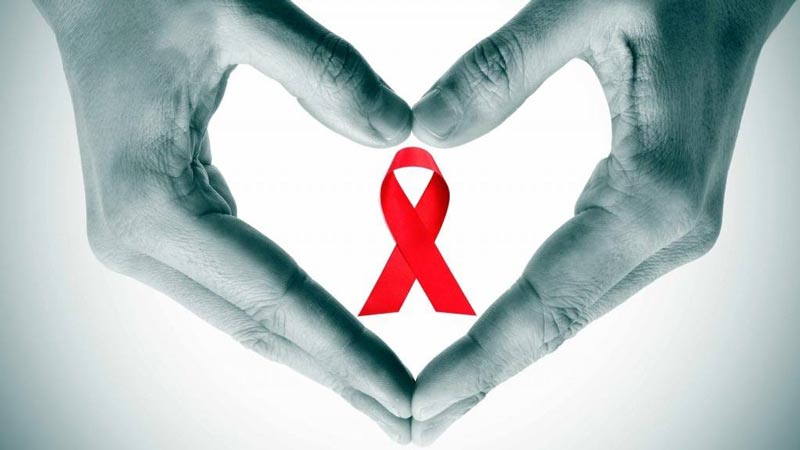A new study shows that opioid use disorder (OUD) is a more common diagnosis among people aged 65 and older living with HIV who receive benefits through Medicare, as these individuals fill opioid prescriptions at higher rates compared to those without HIV.
Opioids can be used to treat chronic pain in HIV patients, which can be caused by the virus itself, infections due to a weakened immune system, or through the use of antiretroviral therapy (ART).

Because HIV patients receiving ART live longer, these prescriptions can be filled for Medicare patients.
Medicare administrative claims data were used to compare outcomes among older adults with and without HIV in the United States. The sample included beneficiaries living in New Jersey and a randomly selected sample from all other states.
Adults enrolled in Medicare between January 1, 2008, and December 31, 2021, were eligible for inclusion. Participants also needed to be at least 65 years old and have at least one year of continuous enrollment in Medicare Parts A, B, and D. Those under 65 or enrolled in hospice care were excluded.
Those with at least one hospitalization insurance claim for HIV-related treatment or treatment unrelated to their HIV diagnosis were considered HIV-infected.
Receipt of one or more opioid prescriptions and any indicator of opioid use disorder (OUD) were the primary outcomes of the study. Receipt of high-risk opioid prescriptions was a secondary outcome.
The study included 163,429 beneficiaries with HIV and 490,287 beneficiaries without HIV. The two groups of participants were matched based on age, sex, race or ethnicity, state of residence, and dual-eligibility status; 71 participants were excluded because they had fewer than three matches.
Participants were primarily male (72.7%), non-Hispanic white (46.8%), and black (36.4%). A total of 46.5% were between the ages of 65 and 69.
A total of 57,373 people living with HIV (35.1%) and 138,547 people without HIV (28.3%) used opioids at least once a year. People living with HIV also used high-risk opioids more frequently than those without HIV (5.3% vs. 3.5%).

OUD indicators were more common among people living with HIV compared with those without HIV (3.1% vs. 1.2%).
Compared with people without HIV, people living with HIV had increased odds of receiving at least one opioid prescription (OR, 1.38; 95% CI, 1.36-1.39), and OUD indicators were also more likely in this population (OR, 2.61; 95% CI, 2.47-2.76).
However, the OR for OUD indicators decreased among people living with HIV from 2008 to 2016.
This study has several limitations. Because it used only data from the United States, specifically Medicare data, the findings are not generalizable. Furthermore, the United States has the highest rates of opioid prescribing, which may prevent these results from being generalized to other populations.
The study was also not powered for hospice patients. Missing data and misclassification are possible, and it is unclear whether patients prescribed opioids actually took their prescribed medications. The training received by opioid prescribers was also not taken into account.
Despite known opioid-related harms, opioid prescribing remains common, and the risks of drug interactions and non-overdose morbidity remain understudied among older adults living with HIV.
This study provides practitioners with additional information when making clinical decisions for older adults living with HIV and chronic pain.

%20--%3e%3c!DOCTYPE%20svg%20PUBLIC%20'-//W3C//DTD%20SVG%201.1//EN'%20'http://www.w3.org/Graphics/SVG/1.1/DTD/svg11.dtd'%3e%3csvg%20version='1.1'%20id='图层_1'%20xmlns='http://www.w3.org/2000/svg'%20xmlns:xlink='http://www.w3.org/1999/xlink'%20x='0px'%20y='0px'%20width='256px'%20height='256px'%20viewBox='0%200%20256%20256'%20enable-background='new%200%200%20256%20256'%20xml:space='preserve'%3e%3cpath%20fill='%23FFFFFF'%20d='M194.597,24.009h35.292l-77.094,88.082l90.697,119.881h-71.021l-55.607-72.668L53.229,232.01H17.92%20l82.469-94.227L13.349,24.009h72.813l50.286,66.45l58.148-66.469V24.009z%20M182.217,210.889h19.566L75.538,44.014H54.583%20L182.217,210.889z'/%3e%3c/svg%3e)




